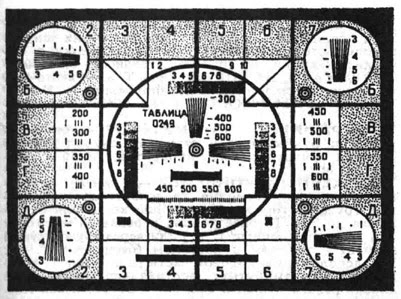35 mm alignment strip
Vlads Test Target has addition to the family - “35 mm alignment strip” "35 mm alignment strip” is the high precision test target executed via high-fidelity laser printing on specialty Agfa-Gevaert photographic film. Because of how it's made, the image elements are geometrically perfect - lines are straight and parallel to each other, the fine raster is very uniform and is distortion-free. IMG_20221225_153412141.jpg What does that bring to the field of camera scanning? The target geometrically resembles a 35 mm film strip (type 135). All markings on film are per the spec, including the 24x36 mm frame which corresponds to the typical film camera gate. While positioning the strip in a scanning film holder, user can observe exactly how the actual negative will fit in the film holder and any parts which might be exposed or obscured. IMG_20221225_154220492.jpg The target also contains marking 23x35 mm depicting how a typical mount would mask parts of the frame to remove the edge...




